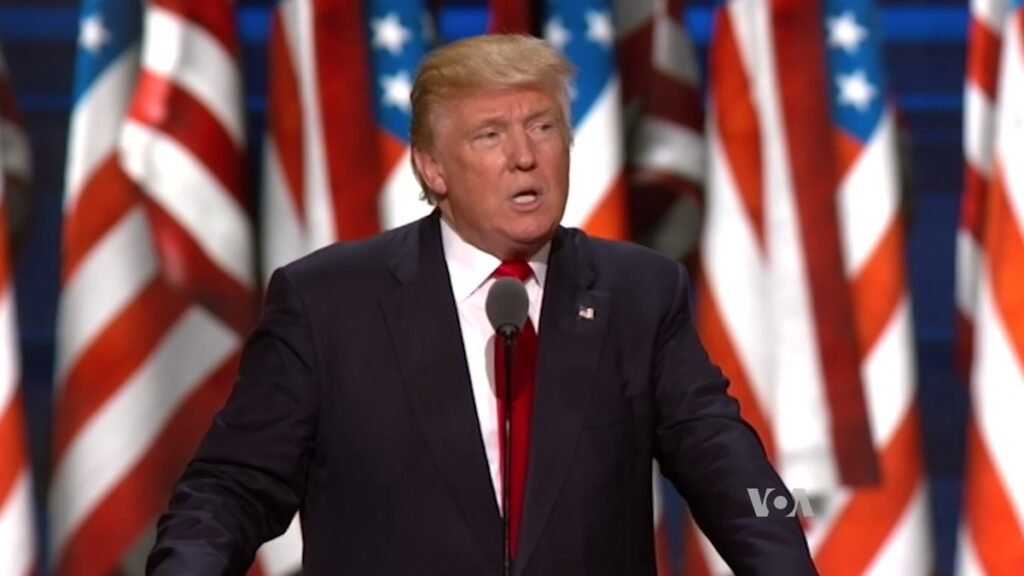Recent announcements have sent shockwaves through global financial markets. Investors across Europe and the US are bracing for the impact after President Trump’s move to impose tariffs on China, Canada, and Mexico. Markets are reacting strongly as uncertainty builds over potential retaliatory measures from these nations. This uncertainty is not only rattling investor confidence but also fueling broader fears about the stability of global trade relationships.
Early trading in European markets seems to have had quite strong declines. For example, the DAX index in Germany went on opening with a notable 2%, followed by a fall of 1.9% for CAC 40 from France, with Spanish investors spotting their IBEX falling by 1.7%, and that of Italy FTSE MIB by 1.4%. Investment chief executive and head of portfolio management for Zaye Capital Markets, Naeem Aslam, further said, “It reflects investor anxiety about the far-reaching implications of the tariffs. These downturns are driven by investor anxiety about the broader impact of tariffs on the global economy, particularly as European economies are highly intertwined with U.S. trade policies.

The US markets are not untouched by the fear of an escalating trade conflict. As early indications suggest, American futures hint at a steep opening as over 600 points could be deducted from the Dow Jones, and the S&P 500 and Nasdaq might experience declines of 2% or more. The announcement, issued over the past weekend, included tariffs of 25% on goods arriving from Mexico and Canada, as well as 10% on goods coming in from China. All three countries responded with threats to retaliate, casting further uncertainty on the possible outbreak of a global trade war.
Industry analysts are cautioning that such a rapid policy and so soon after inauguration would derail markets for much longer than anyone can expect. While there may be still hope that diplomatic talks could eventually de-escalate the situation, the mood remains one of carefulness. Mohit Kumar, analyst at Jefferies, said, “Tariffs and likely counter tariffs are dominating market price action today.”. The fact that tariffs are coming is not news, but the market – and our expectations – had been that Trump would threaten tariffs, given some time for negotiations and then eventually a deal will be reached. His insight reflects the expectation that while negotiations are on the horizon, the immediate impact on markets is undeniable.
British financial markets have not been spared by the ripple effects of this decision. The blue-chip FTSE 100 index, which tracks the performance of the largest companies listed in London, opened with a 1.25% fall, dropping by 111 points to settle at 8562. The decline has been widespread across sectors, with significant losses observed among asset managers and investment groups. Polar Capital, for example, saw its shares decline by 4.5%, while Intermediate Capital Group fell by 3.75%. Mining companies also had it bad, including Antofagasta and the Scottish Mortgage Investment Trust investment fund, with decreases of 3.5% and 3.7% respectively.
UK banking stocks also aren’t exempt from this trend. Lloyds Banking Group, NatWest, and HSBC had declines by 1.8%, 1.9%, and 1.4%, respectively. Barclays suffered further with a decline of 2.5% after the bank’s shares had already fallen badly following a recent IT failure that left thousands of customers locked out of their accounts. The overall turmoil in the financial industry mirrors more deep-seated fears about the stability of the economy with these abrupt policy changes.
The dramatic moves in the markets have been characterized by some as a “Trump tariff tantrum.” This expression captures both the unpredictability and the severity of the market’s reaction to what many see as a hastily executed set of economic measures. Such characterizations have resonated with investors and commentators alike, highlighting the dramatic nature of the current situation.
Beyond the immediate stock market reaction, the deeper implications for international trade are just beginning to unravel. Major economies are so deeply intertwined through trade and supply chains that the threat of these tariffs is that it could trigger a chain reaction of retaliatory moves. Investors are concerned that this might not only affect corporate earnings and disrupt supply chains but lead to a rebalancing of global economic relationships. That impact could be in the long-term if countries would start to turn away from America or diversify their trade portfolio. This scenario could be problematic, especially affecting currency valuations and international commercial dynamics.
In Asia, where trading hours have only just begun, preliminary indications are that both stocks and cryptocurrencies are trending lower. Asian markets, often sensitive to changes in global sentiment, seem to be responding to the uncertainty with dramatic declines. These moves further highlight the interconnected nature of today’s financial world—what happens in one part of the globe invariably influences market behavior elsewhere.
Amid the market turbulence, investors remain cautious and watchful for any signs of de-escalation. There is a hope that upcoming talks with Mexico and Canada might pave the way for a de-escalation of the situation. However, the pace and timing of these negotiations remain uncertain. The rapid implementation of the tariffs, combined with the immediate threats of retaliation, has left many market participants questioning the likelihood of a swift resolution.
The situation becomes even more complicated in that major economies are not only facing direct economic impacts but also a possible shift in the geopolitical landscape. The realization that countries are reassessing their trade dependencies as they look for ways to mitigate exposure to unilateral tariffs gives a growing feeling that this could be the beginning of a broader realignment in global trade policies. Some analysts have also indicated that countries might seek to reduce their dependence on the United States as a trading partner. That could be an important change with long-term implications for the world economic order and the value of the US dollar.
Over the last couple of days, each development, from the initial shock in European and UK markets to the unfolding drama in the US and Asia, is being closely watched by investors and market watchers alike. As the day unfolds, even more detailed analyses and forecasts are expected to be released, further illuminating insights into the duration and impact of this trade tussle. For now, the prevailing mood is one of uncertainty—a feeling that permeates boardrooms, trading floors, and households across continents.
While it is too early to say whether these initial shocks will dissipate or lead to a protracted period of volatility, the prevailing atmosphere is one of cautious anticipation. Analysts are saying that even though a comprehensive deal may eventually be reached, the markets should prepare for a period of continued fluctuation. Investors are advised to stay alert, keep a close eye on developments, and be ready for further adjustments in response to any new policy announcements or countermeasures from affected nations.
The story of tariffs, trade tensions, and their far-reaching effects continues to capture the attention of financial experts, policy makers, and the general public. As the world of economies finds its way through this very tricky period, market resilience and economic flexibility will be put to the test. Coming days and weeks are only going to be very important, as stakeholders find a way to assess the full implications of what has already been termed by some as a “Trump tariff tantrum.








